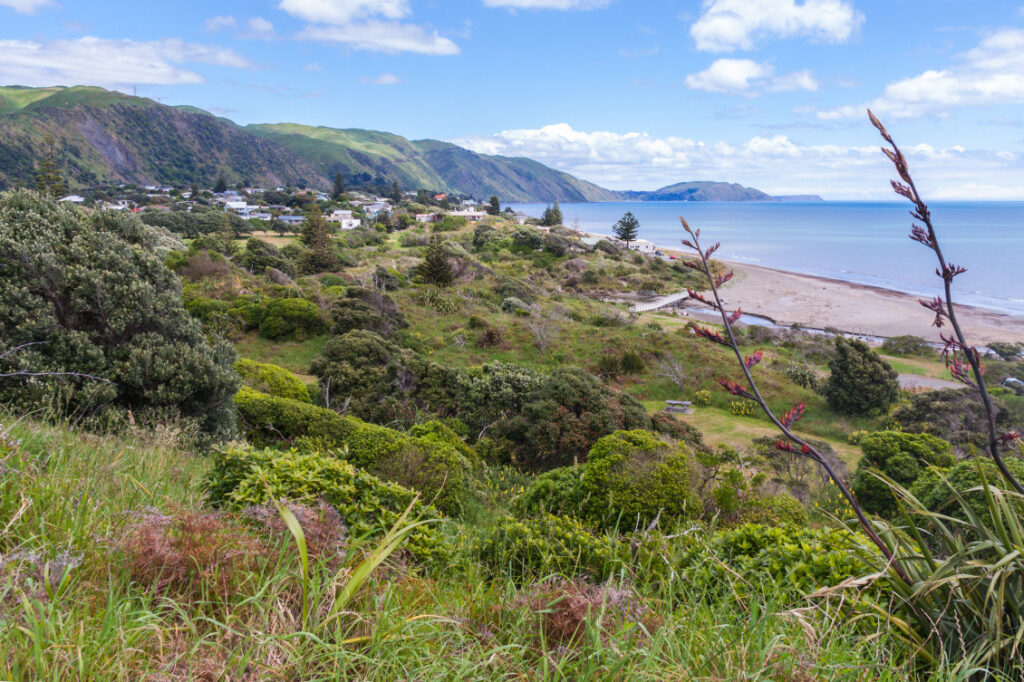
A new, multi-level wildfire risk management system is being rolled out across all regional parks, including Kāpiti’s Queen Elizabeth Park, as Greater Wellington prepares for a hot, dry summer.
Aligned with the New Zealand fire danger class criteria, each of the six risk levels triggers specific precautionary controls, including the closure of whole parks or sections of track. The code levels are represented by colour, with green the lowest risk, and purple extreme fire danger.
QE Park which spans between Paekākāriki and Raumati South covers 638 hectares (1,580 acres) and much of it would be at risk from a wildfire.
Greater Wellington Eastern Parks team leader Ricky Clarkson says the system is a first for Greater Wellington, as a proactive approach to increased fire risk.
“Like Fire and Emergency New Zealand, our new wildfire risk management plan uses a colour-coded system to assess the level of risk and restrict access to, or activities within, the regional parks,” Clarkson says.
“The El Niño weather pattern is contributing to a riskier-than-normal fire season. And as we mitigate the impacts of climate change the threat of wildfires has increased.
“Dry and exposed areas like Baring Head/Ōrua-pouanui and Queen Elizabeth Park will have a higher risk compared to denser growth parks like Kaitoke. Our team will be monitoring wildfire risk levels regularly over summer, adjusting the new fire danger signs as needed.”
The wildfire management risk plan includes new fire break trails, ‘no fire’ signage in high risk areas, and comprehensive fire risk assessment training for relevant members of the park ranger team.
“Like Fire and Emergency New Zealand, our new wildfire risk management plan uses a
Greater Wellington council chair Daran Ponter says the new approach to wildfire threat is
part of a wider plan to protect and restore the region’s parks.
“This year we’ve made huge strides in the work we do to protect the biodiversity in our
regional parks. In the warmer months, wildfire is a very real threat to our wildlife and
forests,” Cr Ponter says.
“Young seedlings we’ve planted across retired grazing land are also at risk, as they haven’t
had the chance to fully establish. The best-long term approach to wildfire risk is the
restoration of native bush, which is naturally dense and slow to ignite.
“If the fire risk level rises above red, we may need to close whole parks or restrict access to
certain tracks to keep our staff and communities safe,” adds Cr Ponter.
Greater Wellington asks visitors to avoid lighting fires and carrying items that could cause
ignition, including vapes and cigarettes.
For more information about wildfire management at Greater Wellington, visit:
https://www.gw.govt.nz/parks/wildfires-in-regional-parks/




































